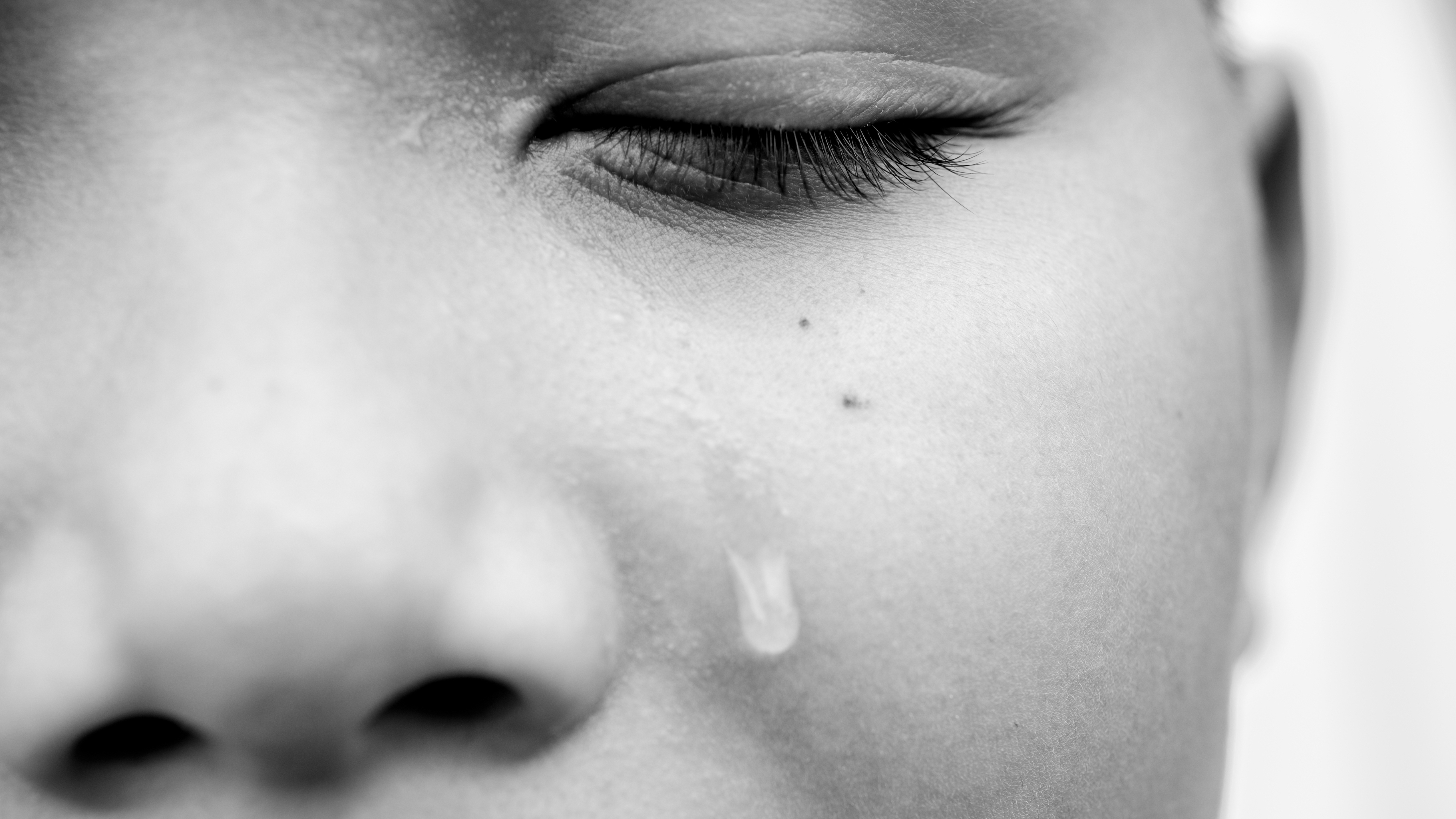Trauma was first used to refer to the effects of railway accidents. These included not only major accidents but also minor ones, such as railway spine, which is where people working on the railways complained about backaches and weren’t able to work even though there was no evidence of genuine physical injury. As such, trauma became an issue, because people were claiming that they had been damaged by their work. Insurance companies were being called on to pay out insurance on railway workers, but nobody could find anything physically wrong with them.
It’s from that rather strange, rather niche moment that an idea emerges about trauma as a way in which the mind might be affected by a significant event – something very forceful operating on the psyche that leaves a legacy just as impactful as physical damage.
Trauma has always been controversial right through its historical development. People are very familiar with the idea of shell shock in the First World War, where soldiers were sent back from the trenches in complete neurotic meltdown. Were these soldiers malingering so they didn’t have to fight anymore? Should they be punished as deserters? Should they be forced back into the fighting as a way of getting over this shell shock, this trauma – or was there something physical at root? The idea of shell shock was that some real physical damage might have been done by being close to an exploding shell; however, if you called shell shock “war neurosis” instead, then you’d start to think: is it physical? Is it psychological? How seriously can we take this?


